
11 Jun Solar Solutions, Rural Nepal Style
The day started out like any other travel day. I packed up for the day at my hostel, and with guide book, water bottle, and a light weight sweatshirt in my backpack I set out to find the bus station in Kathmandu (read: no easy task), planning to return later that evening. Little did I know I’d return 3 days later, having shared a uniquely local experience with a three generation Nepali family, leaving an enduring improvement to their lives and having learned some extremely valuable lessons about family along the way.
I arrived in Bhaktapur, an old and historic town a few hours outside of Kathmandu, in the late morning. After eating with some Australians I met on the bus, I began to wander. Looking at the map I realized it was a quite a sprawling town, so I sat down to plot my course. A few minutes later a man named Suman approached me and asked if he could be my guide for the day. My initial reaction was “No! I want to explore on my own,” but after a bit of gentle persistence, he convinced me that I’d understand a lot more in his company. He was right, and several hours later I was glad we had spent the afternoon together. I offered to take him for momos and beer as an extra thank you, and over lunch we got to talking.
I didn’t mention The Wandering Samaritan but instead explained that I was spending a few days in Kathmandu before my friends joined me to go to the Himalayas. Without questions, Suman invited me to his home for a Nepali meal and to meet his family, and he offered to take me back to the bus in the morning. I agreed, a bit shocked by the openness and trust, and a bit pleased by the adventure of it all. We began the 3 mile (5 km) walk back to his rural home, and his uncle happened by along the way on motorbike. So then we were 3, riding a motorbike home at sunset overlooking wheat fields, and I couldn’t help but smile.
Over dinner I met the rest of the family including his wife Manju, sons Manish and Srijan, and daughter Shreeyanka, who lost her mother to a freak accident and separately lost her grandmother, who had cared for her from a young age. I also met the elder of the household, Suman’s father, Mahendra Badur. He was over 90, had recently suffered a heart attack, was hooked up to a urine drainage bag, and required regular visits to the hospital.
Before dinner was over, all the power went off, leaving us in darkness. As we turned on tiny flashlights and lit candles, I asked what was happening. In broken English, I learned about the local load sharing practices which divides the day into 4 parts, with each household having electricity for only 2 parts.
This meant that until the middle of the night, there would be no power. No lights. No comfort to ease the elder’s condition. No studying for the kids. For the rest of the evening, we all huddled around my host’s bed, which they insisted on giving to me, and talked for a while. They taught me some Nepali words, we compared customs, we talked about the local foods and about the Himalayas. They were visited by neighbors and family throughout the evening. Life went on, with or without power.
I asked how everyone manages with no light so early in the evening. Suman told me that there are solar solutions and battery backup systems, but they are expensive and far out of reach for many families, including theirs. After spending the evening with the family and hearing the grandfather’s discomfort from the back room throughout the evening, I decided The Wandering Samaritan could improve this situation. The next day, we purchased a solar panel, battery storage, new light bulbs, and the necessary wiring to remedy this situation that had been impacting their lives for so long.
We loaded up Uncle’s motorbike three deep again, this time with a bunch of gear hanging off the sides, and set out for home.
I was invited to spend another night at their home. While there, we installed the system and found the time to take a few side trips together as well.
One such side trip included going back to Bhaktapur with the whole family to celebrate the New Year, which was unlike anything I had ever seen before…inclusive of animal sacrifices to the gods! But I’ll spare you those pictures.
For me, this was nothing short of an incredibly life changing experience. It felt great to help a family that had been dealing with a solvable problem for decades. It didn’t take scientists and engineers to make it happen but rather a bit of sweat, a day or two of time, and a relatively small amount of funds (by western standards, at least). Dinner for two in New York, or solar power for an entire family? It seems like an easy choice to me.
I also learned a lot. I saw a style of life different from the urban existences I’ve known. It was a simpler existence that was every bit as sweet. One with cows and goats and farming. One that was wrapped tightly around the sunrise and sunset. One where the entire family rallied around the elder, still listening to his words and direction. They wrapped him in a blanket every morning and brought him outside in the sun, where the whole family and village locals came to just hang out and chat and be together. I believe this was the purest form of The Wandering Samaritan in action to date, exactly how it was designed. It set the stage for a genuine, shared, two-way experience rooted in good. It’s one that many tourists would have easily missed, but it was one that brought value to all involved, and one that this wandering samaritan will never forget! Namaste.
J.



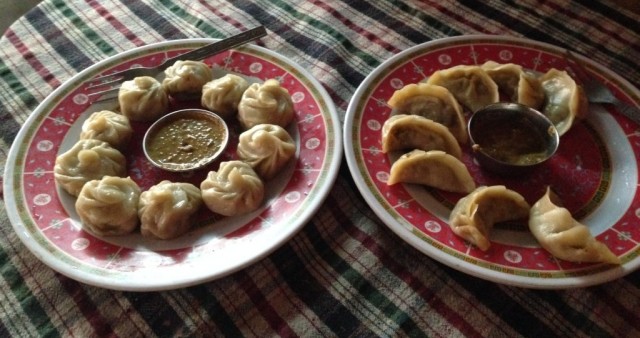
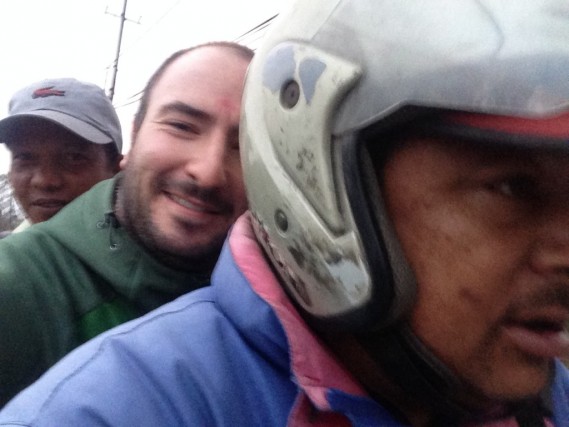
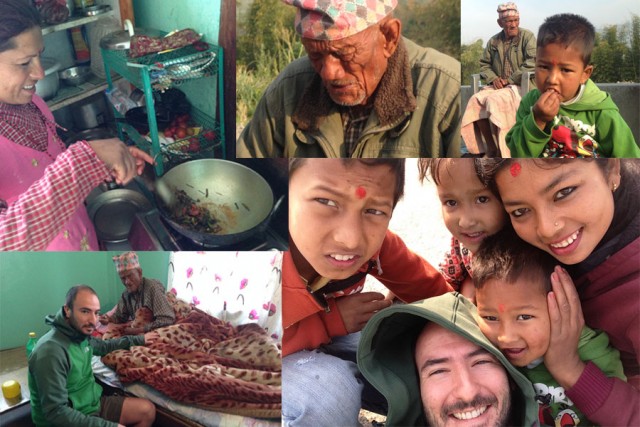
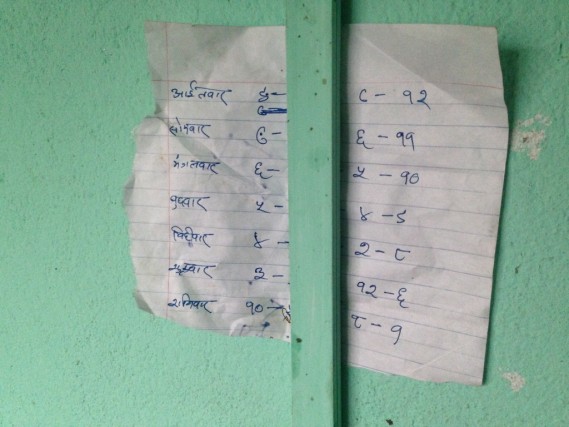
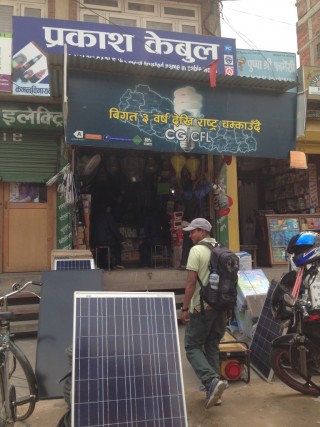
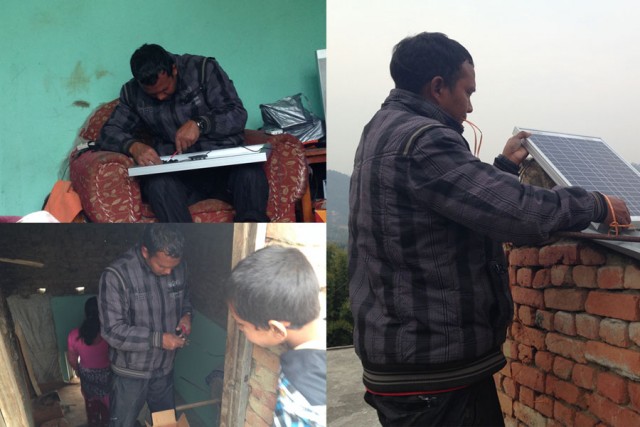

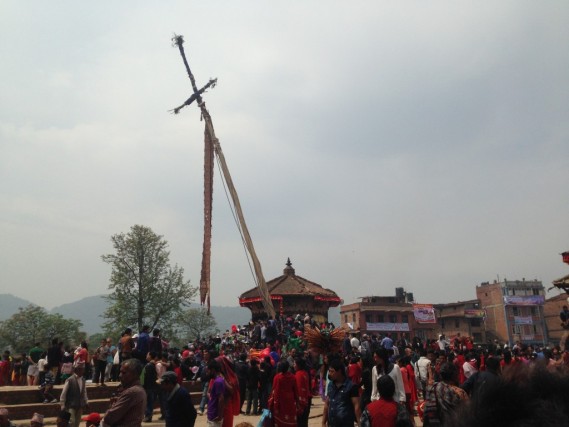
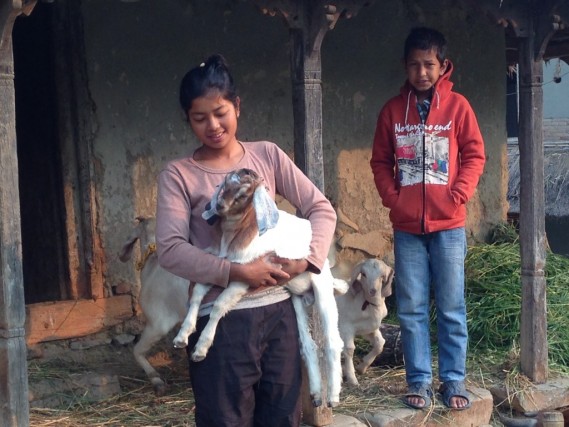
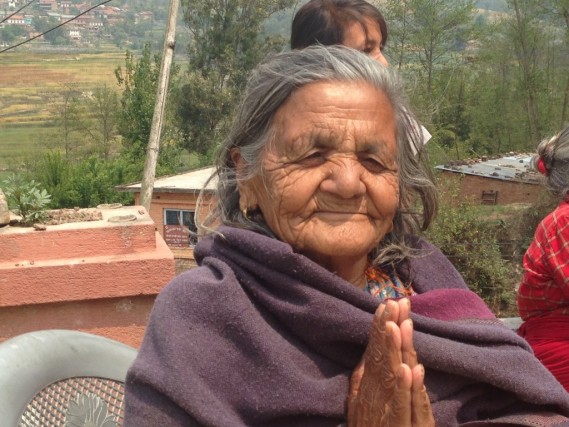
No Comments